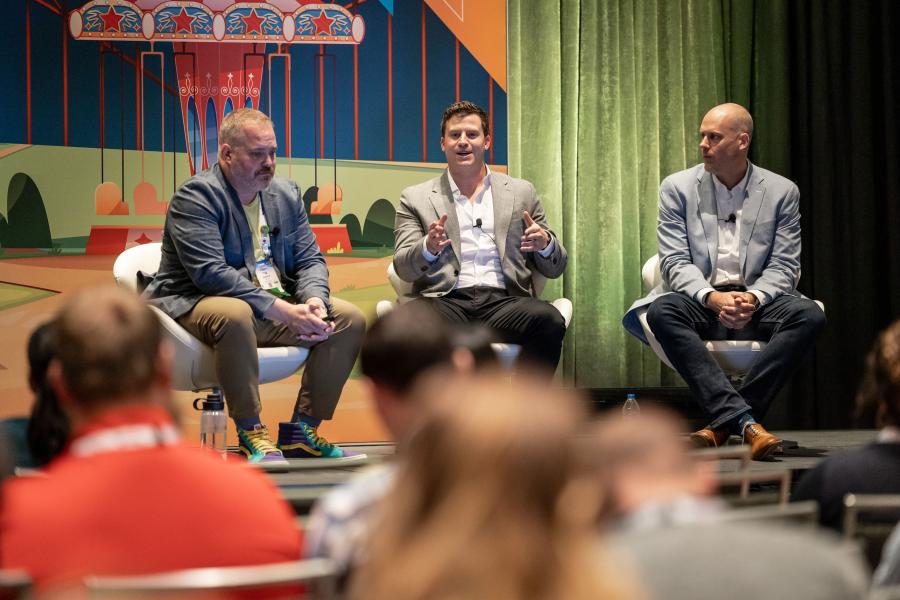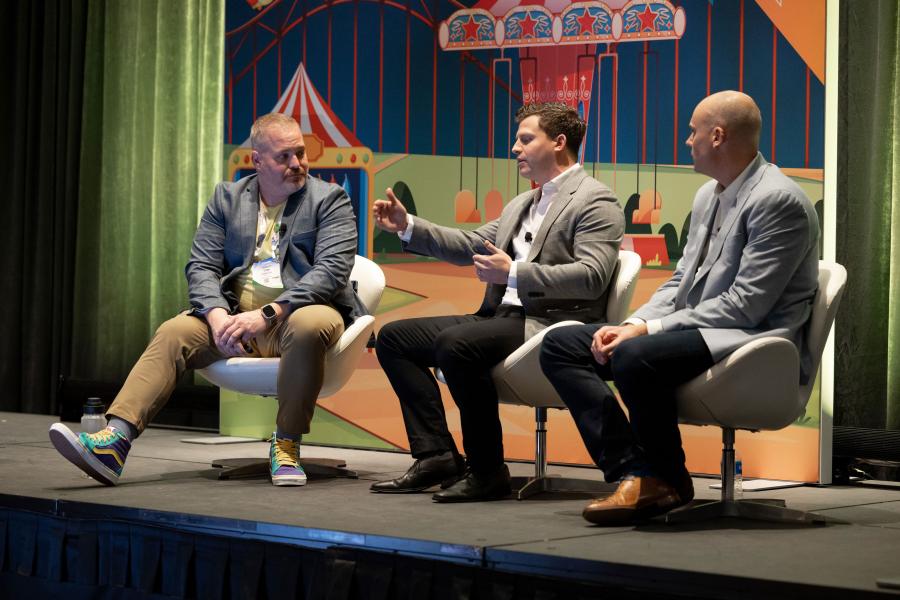Parks and attractions generate enormous amounts of data, but the information may be spread across separate systems, such as point-of-sale, e-commerce, guest services, email, and marketing. How can businesses leverage data to enhance operations and maximize sales—especially when the information resides in different places? The solution is system integration and marketing automation, according to EDUSession presenters at IAAPA Expo 2023 in Orlando.
“You have a huge ocean of data,” says Timothy Samson, director of sales for Spotlio and former marketing director at Morey’s Piers in New Jersey. “You have to fish in certain areas to bring in the data that makes the most sense for the organization.”
That was the challenge that Morey’s Piers, a collection of seaside amusement parks and water parks, faced a couple of years ago. It had foundational data throughout marketing, service, and sales clouds, but they weren’t connected. For example, Morey’s guest services team had no easy way to access info such as who was buying tickets and what emails were sent out to customers.
By working with consulting firm BlueGator and capitalizing on Salesforce, the customer relationship management (CRM) software tool, Morey’s was able to bring everything together and give employees the ability to quickly and efficiently find and parse data. Empowered team members were able to follow up with guests in as little as two to three hours, whereas previous response times had been anywhere from 24 to 48 hours.
Motivated by the results, Morey’s further developed its data ecosystem and created a knowledge base. The knowledge base makes it possible to offer automated chat and an AI-powered phone answering system, taking the burden off the guest services team.
“Over the course of the first summer, the knowledge base handled 15,000 questions,” says Tyler Jacobs, director of guest engagement at Morey’s. “Guests were finding the answers themselves, which was really fantastic.”
The parks also added deeper email and text message integration, continuing to refine the data and introduce new capabilities. Also, it is building a new website and mobile app that will be fully linked to e-commerce. The mobile app will be essential in helping Morey’s understand its guests by tracking customer data, such as geolocations and attraction visits, resulting in sophisticated personalization offers within the parks.
“We’ll be able to identify guests as families with small children, thrill seekers, foodies, and more,” Samson says. “The more personalized the experience, the higher the conversion rate and the better the experience that the individual has. It’s also deepening the bond between us and the guest.”
According to BlueGator CEO TJ Christensen, once parks and attractions have gathered data and can access it, they can increase guest engagement by focusing on four areas: recency, or giving customers a reason to purchase now; frequency, or driving return visitation; duration, or increasing length of stay; and spend, or increasing per-cap purchases.
“You want to get [guests] to do one more thing,” Christensen says. “You need to put yourself in their shoes.”
Samson encouraged EDUSession attendees—who might be intimidated by the process, think that their parks or attractions might not be big enough, or that their team might not be sufficiently tech savvy—to dip their toes into their ocean of data.
He said they could start small, with a test project and gauge the results. If it’s successful, they could seek help in developing a more comprehensive integration and automation system.
“Don’t be paralyzed. You can do it,” affirms Samson. “You don’t have to be the whale in the ocean.”


